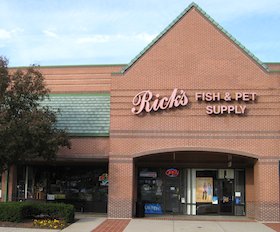Sea Apple
Found primarily in Indo-Pacific waters, but there are some Australian species
They can release their internal organs or a toxin into the water when stressed
Sea apples are filter feeders
Sea apples are holothuroids (Sea cucumbers)
The ovate body of an adult sea apple can grow up to 6-7 inches
Have rows of tube feet which help them move over and adhere to structures
The sea apple comes in many different colors, the Australian species has a primarily purple body, red feet, and purple and white tentacles
The sea apple feeds primarily on plankton
Sea apples usually feed at night at which time their delicate tentacles are less at risk from predators
When disturbed, sea apples, like other holothuroids, can expel their internal organs to distract predators
In addition, if threatened or in an unsuitable environment, sea apples can consume large amounts of surrounding seawater to swell to nearly double their original size, this allows them to be moved to a new area by water currents, and much more quickly than they could walk
They are considered reef safe as far as their compatibility with other species
Can be hard to feed in captivity because of low plankton levels in home aquariums
Sea apples are often harassed by many aquarium inhabitants. Crustaceans, such as hermit crabs, and fish often pick on the sea apples feathery tentacles
Kingdom: Animalia
Phylum: Echinodermata
Class: Holothuroidea
Order: Dendrochirotida
Family: Cucumariidae
Genus: Paracucumaria
Pseudocolochirus
Best kept 50 gallon aquariums or larger
needs temperatures 76°-79°








